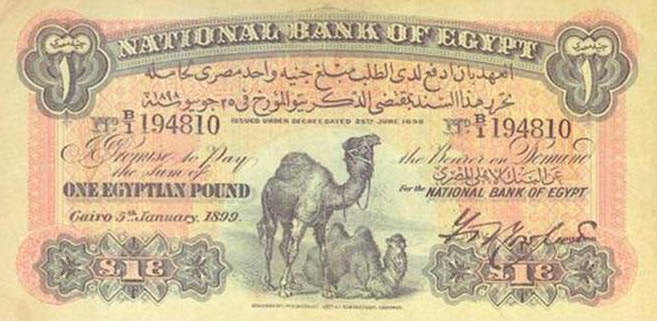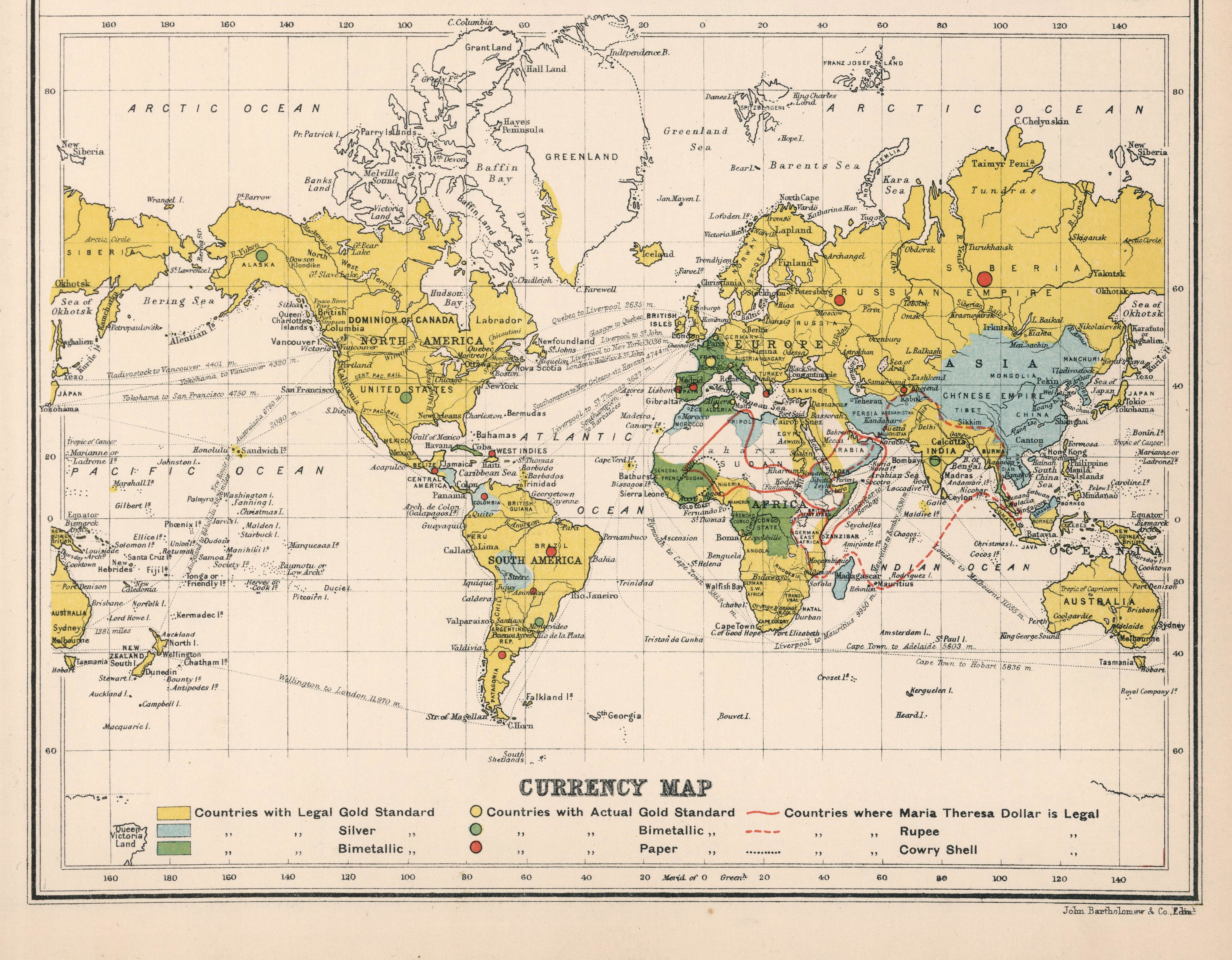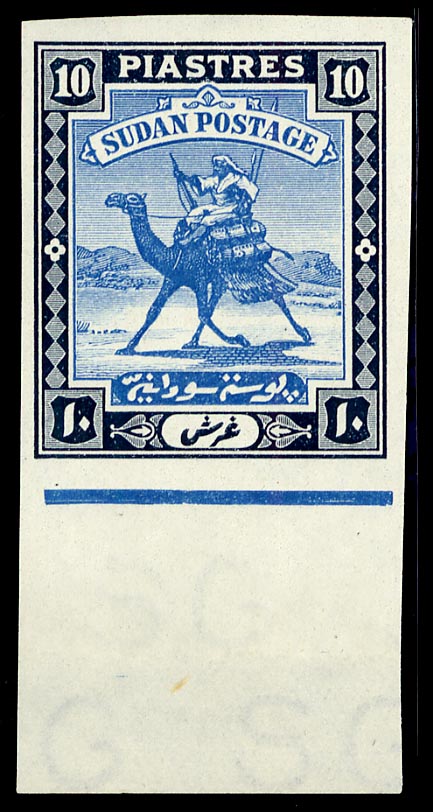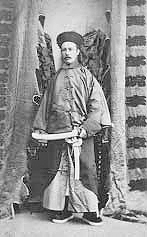|
Egyptian Pound
The Egyptian pound ( ; abbreviations: £, E£, £E, LE, or EGP in Latin alphabet, Latin, and in Arabic script, Arabic, ISO 4217, ISO code: EGP) is the official currency of Egypt. It is divided into 100 piastres, (or qirsh, ; ''plural'' ; abbreviation: PT, short for "piastre tarif")) and was historically divided into 1,000 milliemes ( ; , abbreviated to ''m'' or ''mill''). Since July 6, 2022, the 10- and 20-pound notes have been made out of polymer plastic paper. History At the beginning of the 19th century, Ottoman Egypt, Egypt and Ottoman Empire, Turkey shared a common currency, the Ottoman piastre, divided into 40 Para (currency), paras. However, under Muhammad Ali of Egypt, Muhammad Ali, Egypt started to issue its own coinage, and in 1834, , a decree was issued, adopting an exclusively Egyptian monetary system whereby Egypt went into a silver and gold bimetallic standard based on the Maria Theresa thaler rated at 20 piastres. The Maria Theresa thaler was a popular ... [...More Info...] [...Related Items...] OR: [Wikipedia] [Google] [Baidu] |
Piastre
The piastre or piaster () is any of a number of units of currency. The term originates from the Italian for "thin metal plate". The name was applied to Spanish and Hispanic American pieces of eight, or pesos, by Venetian traders in the Levant in the 16th century. These pesos, minted continually for centuries, were readily accepted by traders in many parts of the world. After the countries of Latin America had gained independence, pesos of Mexico began flowing in through the trade routes, and became prolific in the Far East, taking the place of the Spanish pieces of eight which had been introduced by the Spanish at Manila, and by the Portuguese at Malacca. When the French colonised Indochina, they began issuing the new French Indochinese piastre (''piastre de commerce''), which was equal in value to the familiar Spanish and Mexican pesos. In the Ottoman Empire, the word ''piastre'' was a colloquial European name of Kuruş. Successive currency reforms by debasing the Ot ... [...More Info...] [...Related Items...] OR: [Wikipedia] [Google] [Baidu] |
Bimetallic Standard
Bimetallism, also known as the bimetallic standard, is a monetary standard in which the value of the monetary unit is defined as equivalent to certain quantities of two metals, typically gold and silver, creating a fixed Exchange rate, rate of exchange between them. For scholarly purposes, "proper" bimetallism is sometimes distinguished as permitting that both gold and silver money are legal tender in unlimited amounts and that gold and silver may be taken to be coined by the Mint (facility), government mints in unlimited quantities. This distinguishes it from "limping standard" bimetallism, where both gold and silver are legal tender but only one is freely coined (e.g. the monies of France, Germany, and the United States after 1873), and from "trade" bimetallism, where both metals are freely coined but only one is legal tender and the other is used as "trade money" (e.g. most monies in western Europe from the 13th to 18th centuries). Economists also distinguish ''legal'' bimeta ... [...More Info...] [...Related Items...] OR: [Wikipedia] [Google] [Baidu] |
Anglo-Egyptian Sudan
Anglo-Egyptian Sudan ( ') was a condominium (international law), condominium of the United Kingdom and Kingdom of Egypt, Egypt between 1899 and 1956, corresponding mostly to the territory of present-day South Sudan and Sudan. Legally, sovereignty and administration were shared between both Egypt and the United Kingdom, but in practice the structure of the condominium ensured effective British control over Sudan, with Egypt having limited local power and influence. In the meantime, Egypt itself fell under increasing British influence. Following the Egyptian Revolution of 1952, Egypt pushed for an end to the condominium, and the independence of Sudan. By agreement between Egypt and the United Kingdom in 1953, Sudan was granted independence as the Republic of Sudan (1956–1969), Republic of the Sudan on 1 January 1956. In 2011, the south of Sudan itself became independent as the Republic of South Sudan. Muhammad Ali of Egypt, Muhammad Ali Muhammad Ali's rise to power, took contr ... [...More Info...] [...Related Items...] OR: [Wikipedia] [Google] [Baidu] |
United States Dollar
The United States dollar (Currency symbol, symbol: Dollar sign, $; ISO 4217, currency code: USD) is the official currency of the United States and International use of the U.S. dollar, several other countries. The Coinage Act of 1792 introduced the U.S. dollar at par with the Spanish dollar, Spanish silver dollar, divided it into 100 cent (currency), cents, and authorized the Mint (facility), minting of coins denominated in dollars and cents. U.S. banknotes are issued in the form of Federal Reserve Notes, popularly called greenbacks due to their predominantly green color. The U.S. dollar was originally defined under a bimetallism, bimetallic standard of (0.7734375 troy ounces) fine silver or, from Coinage Act of 1834, 1834, fine gold, or $20.67 per troy ounce. The Gold Standard Act of 1900 linked the dollar solely to gold. From 1934, its equivalence to gold was revised to $35 per troy ounce. In 1971 all links to gold were repealed. The U.S. dollar became an important intern ... [...More Info...] [...Related Items...] OR: [Wikipedia] [Google] [Baidu] |
Pound Sterling
Sterling (symbol: £; currency code: GBP) is the currency of the United Kingdom and nine of its associated territories. The pound is the main unit of sterling, and the word '' pound'' is also used to refer to the British currency generally, often qualified in international contexts as the British pound or the pound sterling. Sterling is the world's oldest currency in continuous use since its inception. In 2022, it was the fourth-most-traded currency in the foreign exchange market, after the United States dollar, the euro, and the Japanese yen. Together with those three currencies and the renminbi, it forms the basket of currencies that calculate the value of IMF special drawing rights. As of late 2022, sterling is also the fourth most-held reserve currency in global reserves. The Bank of England is the central bank for sterling, issuing its own banknotes and regulating issuance of banknotes by private banks in Scotland and Northern Ireland. Sterling banknotes issu ... [...More Info...] [...Related Items...] OR: [Wikipedia] [Google] [Baidu] |
World War I
World War I or the First World War (28 July 1914 – 11 November 1918), also known as the Great War, was a World war, global conflict between two coalitions: the Allies of World War I, Allies (or Entente) and the Central Powers. Fighting took place mainly in European theatre of World War I, Europe and the Middle Eastern theatre of World War I, Middle East, as well as in parts of African theatre of World War I, Africa and the Asian and Pacific theatre of World War I, Asia-Pacific, and in Europe was characterised by trench warfare; the widespread use of Artillery of World War I, artillery, machine guns, and Chemical weapons in World War I, chemical weapons (gas); and the introductions of Tanks in World War I, tanks and Aviation in World War I, aircraft. World War I was one of the List of wars by death toll, deadliest conflicts in history, resulting in an estimated World War I casualties, 10 million military dead and more than 20 million wounded, plus some 10 million civilian de ... [...More Info...] [...Related Items...] OR: [Wikipedia] [Google] [Baidu] |
Gold Standard
A gold standard is a backed currency, monetary system in which the standard economics, economic unit of account is based on a fixed quantity of gold. The gold standard was the basis for the international monetary system from the 1870s to the early 1920s, and from the late 1920s to 1932 as well as from 1944 until 1971 when the United States unilaterally terminated convertibility of the US dollar to gold, effectively ending the Bretton Woods system. Many states nonetheless hold substantial gold reserves. Historically, the silver standard and bimetallism have been more common than the gold standard. The shift to an international monetary system based on a gold standard reflected accident, network externalities, and path dependence. Great Britain accidentally adopted a ''de facto'' gold standard in 1717 when Isaac Newton, then-master of the Royal Mint, set the exchange rate of silver to gold too low, thus causing silver coins to go out of circulation. As Great Britain became the w ... [...More Info...] [...Related Items...] OR: [Wikipedia] [Google] [Baidu] |
Egyptian First Pound Bill
''Egyptian'' describes something of, from, or related to Egypt. Egyptian or Egyptians may refer to: Nations and ethnic groups * Egyptians, a national group in North Africa ** Egyptian culture, a complex and stable culture with thousands of years of recorded history ** Egyptian cuisine, the local culinary traditions of Egypt * Egypt, the modern country in northeastern Africa ** Egyptian Arabic, the language spoken in contemporary Egypt ** A citizen of Egypt; see Demographics of Egypt * Ancient Egypt, a civilization from c. 3200 BC to 343 BC ** Ancient Egyptians, ethnic people of ancient Egypt ** Ancient Egyptian architecture, the architectural structure style ** Ancient Egyptian cuisine, the cuisine of ancient Egypt ** Egyptian language, the oldest known language of Egypt and a branch of the Afroasiatic language family * Copts, the ethnic Egyptian Christian minority ** Coptic language or Coptic Egyptian, the latest stage of the Egyptian language, spoken in Egypt until the 17th c ... [...More Info...] [...Related Items...] OR: [Wikipedia] [Google] [Baidu] |
Ottoman Lira
The pound or lira (sign: LT; ; ; ; ; ) was the currency of the Ottoman Empire from 1844 until 1927, when it was replaced by the Turkish lira. Although the Ottoman Empire was abolished in 1922, the Ottoman lira remained in circulation until the end of 1927, as the Republic of Turkey that succeeded it was not in a position to issue its own banknotes yet in its early years. The Ottoman lira replaced the () as the principal unit of currency in the Ottoman Empire, with the continuing to circulate as a subdivision of the lira, with 100 = 1 lira. The para also continued to be used, with 40 para = 1 . Until the 1930s and the Turkish alphabet reform, the Arabic script was used on Turkish coins and banknotes, with for para, for and for lira ( for 'Turkish lira'). In European languages, the was known as the , whilst the lira was known as the in French and the ''pound'' in English. English-language publications used "£T" as the sign for the currency, but it is unknown whether i ... [...More Info...] [...Related Items...] OR: [Wikipedia] [Google] [Baidu] |
Sovereign (British Coin)
The sovereign is a British gold coin with a face value, nominal value of one pound sterling (£1) and contains of pure gold. Struck since 1817, it was originally a Currency in circulation, circulating coin that was accepted in Britain and elsewhere in the world; it is now a bullion coin and is sometimes mounted in jewellery. In addition, circulation strikes and proof coin, proof examples are often collected for their numismatic value. In most recent years, it has borne the design of Saint George and the Dragon on the obverse and reverse, reverse; the initials () of the designer, Benedetto Pistrucci, are visible to the right of the date. The coin was named after the English gold sovereign, which was last minted about 1603, and originated as part of the Great Recoinage of 1816. Many in Parliament believed a one-pound coin should be issued rather than the 21-shilling guinea (British coin), guinea that was struck until that time. The Master of the Mint, William Wellesley-Pole, 3 ... [...More Info...] [...Related Items...] OR: [Wikipedia] [Google] [Baidu] |
Siege Of Khartoum
The siege of Khartoum (also known as the battle of Khartoum or fall of Khartoum) took place from 13 March 1884 to 26 January 1885. Mahdist State, Sudanese Mahdist forces captured the city of Khartoum, Sudan, from its Khedivate of Egypt, Egyptian garrison, thereby gaining control over the whole of Turco-Egyptian Sudan. Egypt had Turco-Egyptian conquest of Sudan (1820–1824), conquered Sudan in 1820, but had itself come under History of Egypt under the British, British domination in 1882. In 1881, the Mahdist War began in Sudan, led by Muhammad Ahmad who claimed to be the Mahdi. The Egyptian Army was unable to suppress the revolt, being defeated in several battles and retreating to their garrisons. The British refused to send a military force to the area, instead appointing Charles George Gordon as Governor-General of Sudan, with orders to evacuate Khartoum and the other garrisons. Gordon arrived in Khartoum in February 1884, where he found it impossible to reach the other garri ... [...More Info...] [...Related Items...] OR: [Wikipedia] [Google] [Baidu] |
Charles George Gordon
Major-general (United Kingdom), Major-General Charles George Gordon Companion of the Order of the Bath, CB (28 January 1833 – 26 January 1885), also known as Chinese Gordon, Gordon Pasha, Gordon of Khartoum and General Gordon , was a British Army officer and administrator. He saw action in the Crimean War as an officer in the British Army. However, he made his military reputation in Qing Dynasty#Rebellion, unrest, and external pressure, China, where he was placed in command of the "Ever Victorious Army", a force of Chinese soldiers led by European officers which was instrumental in putting down the Taiping Rebellion, regularly defeating much larger forces. For these accomplishments, he was given the nickname "Chinese Gordon" and honours from both the Emperor of China and the British. He entered the service of the Isma'il Pasha, Khedive of Egypt in 1873 (with British government approval) and later became the List of governors of pre-independence Sudan, Governor-General of the ... [...More Info...] [...Related Items...] OR: [Wikipedia] [Google] [Baidu] |









